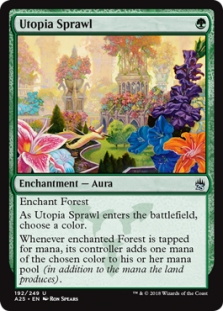


"That's the main purpose of building NEOM, to raise the capacity of Saudi Arabia, get more citizens and more people in Saudi Arabia. The goal for 2030 is to have 50 million people-half Saudis and half foreigners- living in the kingdom, up from roughly 34 million today.īy 2040 the target is 100 million people, he said. The eye-popping total is part of a hoped-for nationwide population boom that Prince Mohammed said would be necessary to make Saudi Arabia, the world's biggest crude exporter, an economic powerhouse. Officials had earlier said NEOM's population would top one million, but Prince Mohammed said the number would actually hit 1.2 million by 2030 before climbing to nine million by 2045.

"The concept has morphed so much from its early conception that it's sometimes hard to determine its direction: scaling down, scaling up, or making an aggressive turn sideways," said Robert Mogielnicki of the Arab Gulf States Institute in Washington. Now it's a vehicle for reimagining urban life on a footprint of just 34 square kilometers, and addressing what Prince Mohammed describes as "liveability and environmental crises." NEOM was once touted as a regional "Silicon Valley", a biotech and digital hub spread over 26,500 square kilometers (10,000 square miles). In a presentation Monday night, Prince Mohammed sketched out an even more ambitious vision, describing a car-free utopia that would become the planet's most liveable city "by far."Īnalysts noted, though, that plans for NEOM have changed course over the years, fueling doubts about whether The Line will ever become reality. The parallel structures of mirror-encased, 500-meter-high skyscrapers, known collectively as The Line, form the heart of the Red Sea megacity NEOM, a plank of Crown Prince Mohammed bin Salman's bid to diversify the Gulf state's oil-dependent economy.įirst announced in 2017, NEOM has consistently raised eyebrows for proposed flourishes like flying taxis and robot maids, even as architects and economists have questioned its feasibility. JEDDAH - A futuristic Saudi megacity will feature two skyscrapers extending for over 170 kilometers across a swathe of desert and mountain terrain, according to the latest disclosures on the project by the kingdom's de facto ruler.


 0 kommentar(er)
0 kommentar(er)
